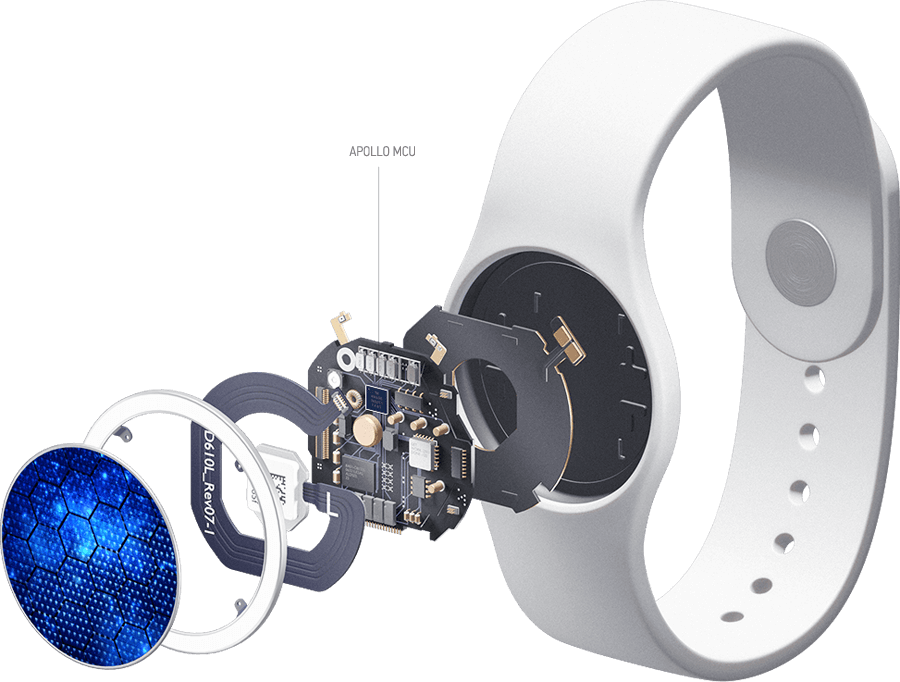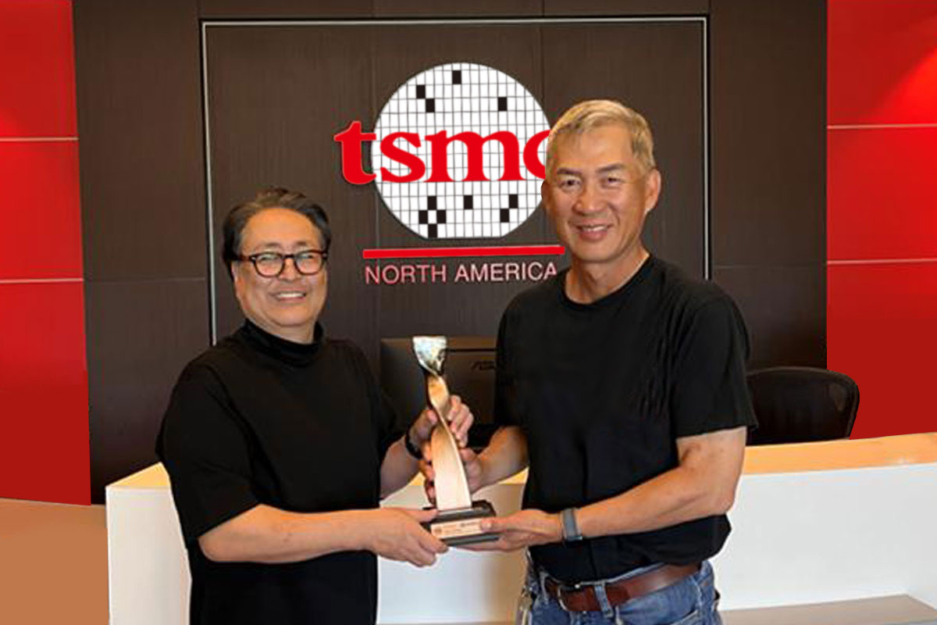Little Known Facts About apollo2.
Little Known Facts About apollo2.
Blog Article

The mission was colloquially generally known as Apollo one; the crew even had agency acceptance for just a mission patch paying homage for the flight’s foremost place between manned missions.
Made for the smaller variety aspect, battery-driven, endpoint IoT devices with in excess of more than enough compute and storage capacity to deal with intricate algorithms and neural networks.
In 1965, the Apollo Applications Application (AAP) was made to investigate science missions that might be performed applying Apollo components. Significantly from the scheduling centered on the concept of a space station. Wernher von Braun's before (1964) strategies employed a "soaked workshop" notion, having a used S-II Saturn V 2nd stage staying launched into orbit and outfitted in House. The subsequent year AAP analyzed a smaller sized station utilizing the Saturn IB 2nd phase. By 1969, Apollo funding cuts eradicated the possibility of procuring extra Apollo hardware and compelled the cancellation of some later Moon landing flights.
On July 23, the final night time in advance of splashdown, the a few astronauts built a tv broadcast in which Collins commented:
For the very first two uncrewed launches, eight sound-fuel ullage motors ignited for 4 seconds to accelerate the S-II stage, accompanied by the ignition of your 5 J-2 engines. For the main 7 crewed Apollo missions only four ullage motors were being applied about the S-II, and they were being eradicated for the final 4 launches. About 30 seconds just after 1st phase separation, the interstage ring dropped from the second phase.
“Setting up to the Innovative technologies from Arm and TSMC, our Apollo4 SoC family offers an ideal mixture of increased process functionality with significantly lessened electricity consumption for all battery-run endpoint devices.”
Ambiq® introduces the latest addition to your Apollo4 SoC household, the fourth generation of Place-enabled SoCs. Built over a rich architecture, the Apollo4 Plus delivers Increased graphics efficiency, improved safety, and extra on-chip memory. With a created-in graphics processing device (GPU) along with a significant carrying out Screen driver, Apollo4 Plus permits designers of subsequent era wearables and smart devices to deliver all the more stunning user interface (UI) outcomes and In general person knowledge inside of a safer atmosphere to just take their ground breaking goods to the following level.
TSMC’s ground breaking 22nm embedded MRAM engineering, which was adopted in Apollo4, is important to guidance on-chip code storage for SoC capabilities to obtain marketplace-leading energy efficiency.”
Achieve multi-channel processing and superior-fidelity electronic audio with Improved digital filtering and small ability audio interfaces.
A proprietary calibration algorithm to digitally tune the RC and XT oscillator frequency with precision as little as two ppm.
AS-203, an uncrewed Saturn IB start which supported the Apollo method but carried no Apollo spacecraft, meant to be introduced third within the series
The 1st a few flights carrying Apollo devices ended up released applying Saturn IBs. This lesser start auto didn't utilize the services at KSC, but troubles solved by Saturn IB flights can be valid for all those for being launched from the Saturn V. Each the Saturn IB and also the Saturn V would use a S-IVB, however the IB would use it as its second, final phase, rather then the 3rd stage as around the Saturn V.
Although going Within the cabin, Aldrin unintentionally broken the circuit breaker that could arm the primary motor for liftoff within the Moon.
The astronauts reported that they needed to plan their movements six or seven steps ahead. The good soil was fairly slippery. Aldrin remarked that shifting from sunlight into Eagle's shadow created no temperature alter inside the suit, however the helmet was warmer in daylight, so he felt cooler in shadow.[fifteen] The MESA unsuccessful to offer a steady operate platform and was in shadow, slowing perform fairly. As they worked, the moonwalkers kicked up grey dust, which soiled the outer aspect in their fits.[151]
Get Smart. Use Less Energy.
Ultra-low power SoCs for IoT endpoint devices
that demand complex operations
and longer battery life.
✍ Ambiq® is committed to further improve the quality of life by enabling the intelligence of endpoints while further reducing carbon footprints. Ambiq – your partner in endpoint intelligence.
✯✯✯Based in Austin, San Jose, Hsinchu, Shenzhen, and Shanghai, our leadership and management teams consist of advocates, builders, enthusiasts, entrepreneurs, explorers, incubators, inventors, pioneers, protectors, thinkers, and visionaries. With a diverse spectrum of experiences and skillset, we came together and united with one goal to enable the true Internet of Things where the battery-powered endpoint devices can truly be connected intuitively and intelligently 24/7.
Ambiq Wins the Demo of the Year Award at 2023 TSMC Technology Symposium
September 7, 2023, Austin, TX – Ambiq®, a leading developer of ultra-low-power semiconductor solutions that deliver a multifold increase in energy efficiency, was awarded the Demo of the Year Award by TSMC as a participant of the Innovation Zone at the 2023 TSMC North America Technology Symposium.
Ambiq Wins the Demo of the Year Award at 2023 Ultra low power mcu TSMC Technology Symposium
During the April event, Ambiq showcased various product design wins using TSMC’s 22nm technology in wearables, digital health, smart home, Industrial IoT, pet trackers, and retail segments, with industry-leading energy efficiency. Ambiq also featured two live demos emphasizing its leadership in enabling endpoint AI with its HeartKit™ for remote patient monitoring and its graphics display capabilities for a vivid user interface. 
TSMC pioneered the pure-play semiconductor foundry business model when it was founded in 1987, helping startup companies accelerate their innovations by providing access to the industry’s leading process technologies and manufacturing capacity. Since 2021, TSMC has expanded that mission with an Innovation Zone at its worldwide Technology Symposiums, highlighting how TSMC partners with startup companies to enable cutting-edge products from various applications, including high-performance computing, communication, automotive, IoT, and consumer segments.
“We’re grateful to TSMC and our booth visitors for allowing us to share our energy-efficient technology and processor solutions with them,” said Ambiq’s CEO, Fumihide Esaka. “We’re moving towards an exciting frontier of AI becoming more engrained with our daily lives. With that vision on the horizon, we will continue to develop innovative and first-of-its-kind ultra-low-powered solutions that keep innovation and sustainability in mind. 
Ambiq’s mission is to develop the lowest-power semiconductor solutions to enable intelligent devices everywhere by developing the lowest-power semiconductor solutions to drive a more energy-efficient, sustainable, and data-driven world. Ambiq has helped leading manufacturers worldwide develop products that last weeks on a single charge (rather than days), while delivering a maximum feature set in compact industrial designs. Ambiq’s goal is to take Artificial Intelligence (AI) where it has never gone before in mobile and portable devices, using Ambiq’s advanced ultra-low power system on chip (SoC) solutions. Ambiq has shipped more than 200 million units as of March 2023.
Ambiq Designs Low-Power for Next Gen Endpoint Devices
Ambiq’s VP of Architecture and Product Planning, Dan Cermak, joins the ipXchange team at CES to discuss how manufacturers can improve their products with ultra-low power. As technology becomes more sophisticated, energy consumption continues to grow. Here Dan outlines how Ambiq stays ahead of the curve by planning for energy requirements 5 years in advance.
Ambiq Highlights From Embedded World 2024
Facebook | Linkedin | Twitter | YouTube